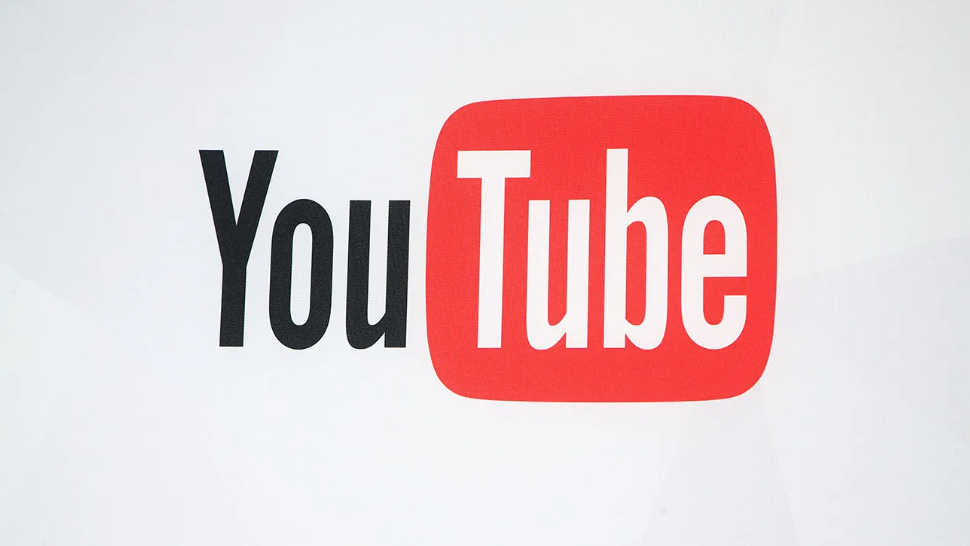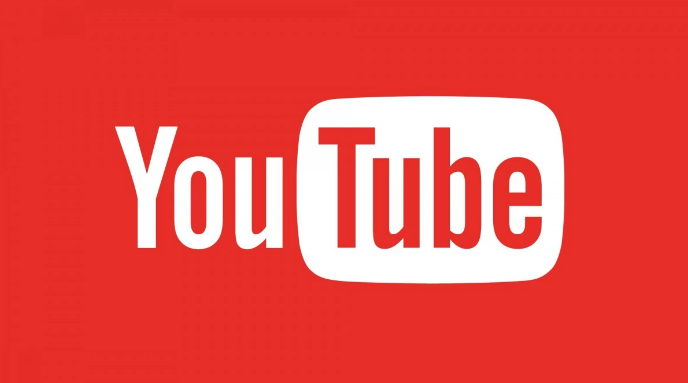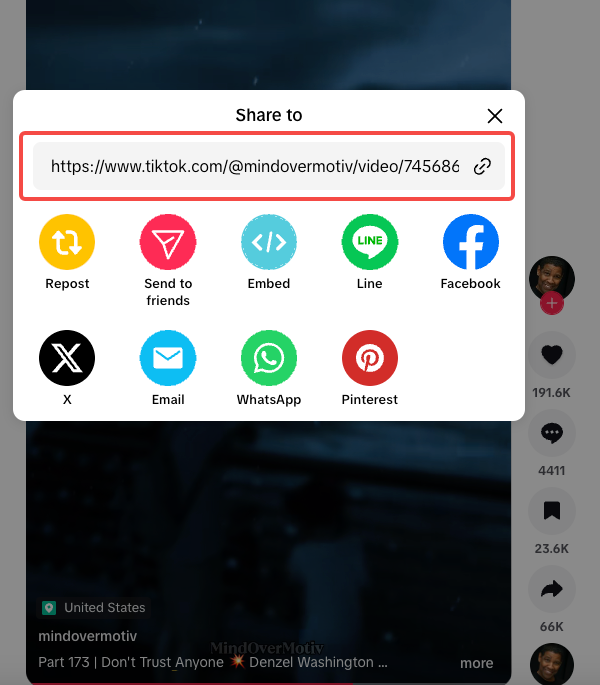YouTube is a crowded platform, with over 500 hours of video uploaded every minute. To stand out, you need to optimize your content for discoverability. Keyword research is the backbone of YouTube SEO—it helps you understand what your audience is searching for and how to align your videos with those queries.

step-by-step guide
Step 1: Use YouTube’s Search Suggestions
Start typing a topic in YouTube’s search bar. The autocomplete suggestions reveal popular search terms (e.g., "how to tie a tie" vs. "tie tutorial").
Target these phrases—they’re high-demand, low-competition opportunities.
Step 2: Analyze Competitors
Study top-ranking videos in your niche. Tools like TubeBuddy or VidIQ can show their keywords, tags, and engagement metrics.
Identify gaps: Can you create better content or target underserved subtopics?
Step 3: Leverage Keyword Tools
YouTube Studio Analytics: Check "Audience Retention" and "Traffic Sources" to see which keywords drive views.
Ahrefs or KeywordTool.io: Generate keyword ideas with search volume and competition scores.
Google Trends: Spot rising trends (e.g., "plant care tips 2024").
Step 4: Prioritize Long-Tail Keywords
Long-tail phrases (e.g., "vegan meal prep for beginners") have less competition and higher intent.
Use tools like AnswerThePublic to find question-based queries (e.g., "how to...", "why does...").
Step 5: Optimize Your Content
Titles: Include keywords naturally (e.g., "10 Budget-Friendly Skincare Routines 2024").
Descriptions: Write detailed descriptions with keywords in the first 100 characters.
Tags: Add 5–10 relevant tags, mixing broad and specific terms.
Subtitles/CC: Embed keywords in your video script for better indexing.
Conclusion
Effective keyword research isn’t a one-time task—it’s an ongoing process. Regularly update your strategy based on analytics and trends. By aligning your content with what viewers actively search for, you’ll boost visibility, attract loyal subscribers, and grow your channel organically.
-
 YouTube is the second-largest search engine globally, making YouTube SEO essential for creators aiming to grow their audience. By optimising your videos, you improve visibility, attract organic traffic, and boost engagement. Here’s a step-by-step guide to mastering YouTube SEO.author:Azura Release time:2025-04-16
YouTube is the second-largest search engine globally, making YouTube SEO essential for creators aiming to grow their audience. By optimising your videos, you improve visibility, attract organic traffic, and boost engagement. Here’s a step-by-step guide to mastering YouTube SEO.author:Azura Release time:2025-04-16 -

The Simplest YouTube Outro Guide for Effective Videos
A YouTube outro (or end screen) is the final segment of your video, designed to retain viewers, drive engagement, and guide them toward desired actions like subscribing, watching more content, or visiting external links. A well-crafted outro can significantly boost watch time, subscriber growth, and overall channel performance.author:Azura Release time:2025-04-16 -

How to Make a Playlist on YouTube?
YouTube playlists are a powerful tool to organize your content, boost watch time, and improve discoverability. Whether you’re a creator, brand, or casual user, playlists help viewers binge-watch related videos seamlessly. This guide will walk you through creating, editing, and optimizing playlists for maximum impact.author:Azura Release time:2025-04-15 -

How to Make a YouTube Video Thumbnail?
A compelling YouTube thumbnail can boost your video's click-through rate. Follow these steps to create one quickly:author:Azura Release time:2025-04-15 -

How to Write a YouTube Video Script Using AI?
Want to create engaging YouTube videos faster? AI tools like ChatGPT can help you craft professional scripts in minutes. Follow these steps to transform your ideas into compelling video content.author:Azura Release time:2025-04-15 -

How to Start a Faceless YouTube Channel?
Starting a faceless YouTube channel allows creators to focus on content quality without revealing their identity. Here’s a structured approach to launch and grow your channel effectively:author:Azura Release time:2025-04-15 -

How to download 9gag videos without watermark?
How to Download 9GAG Videos Without Watermarks Using video-x-ware Free 9GAG Video Downloaderauthor:Azura Release time:2025-04-03 -

How to download subtitle from facebook video?
Are you looking to save a Facebook video along with its subtitles for offline viewing? Follow this straightforward guide using the free online tool video-x-ware.com:author:Azura Release time:2025-04-01 -

How to download subtitle from Dailymotion video?
For users seeking to download Dailymotion content, video-x-ware.com provides a streamlined solution. Here's the updated 2025 workflow:author:Azura Release time:2025-04-01 -

How to download subtitle from tiktok video?
Adding subtitles enhances accessibility and multilingual viewing experiences. Follow these simple steps:author:Azura Release time:2025-04-01





